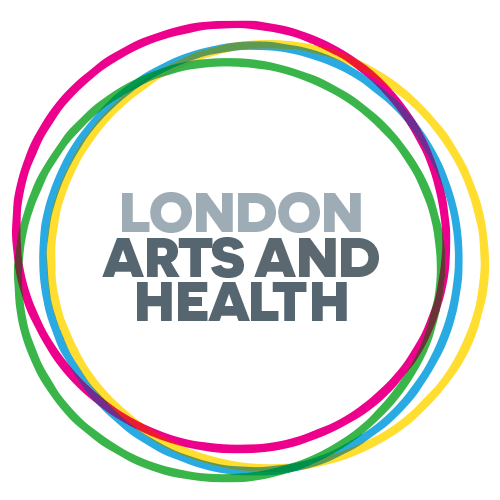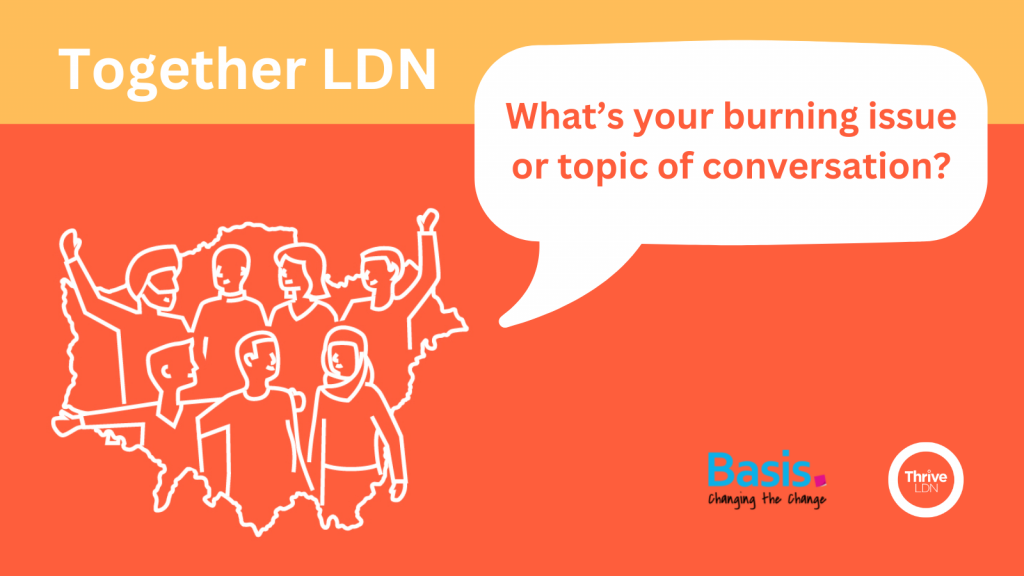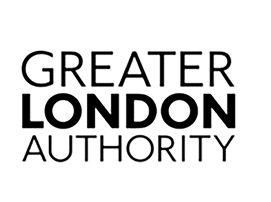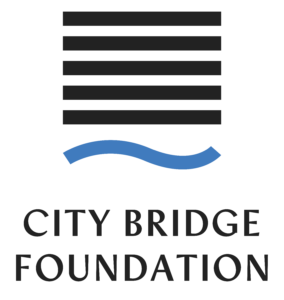The value of case study evidence Project case studies are often overlooked in academic research…

OECD and wellbeing frameworks: from inspiration to facilitation and collaboration
Governments and social alliances are increasingly adopting high-level wellbeing frameworks to measure and guide their efforts to improve sustainability and wellbeing.
The Organisation for Economic Co-operation and Development (OECD) ‘How’s Life’ analysis and associated framework have inspired and informed several nations’ wellbeing frameworks. These have now been brought together in one place as part of the OECD’s newly launched Knowledge Exchange Platform (KEP).
Here, our Community Wellbeing Lead Stewart Martin discusses wellbeing frameworks, taking us through some examples and exploring how those looking to develop a framework can use the KEP.
In February 2008 economists Jean Paul Fitoussi, Amartya Sen and Joseph Stiglitz were asked by then President of France, Nicolas Sarkozy, to consider the limitations of Gross Domestic Product (GDP) and how national progress might otherwise be measured.
The resulting commission’s report contained a series of recommendations, including one calling for a dashboard of indicators:
“At a minimum, in order to measure sustainability, what we need are indicators that inform us about the change in the quantities of the different factors that matter for future well-being”. [Recommendation 11]
The OECD used the report’s recommendations in developing their Framework for Measuring Well-Being and Progress. Both the recommendations and the OECD’s framework have since been used by a number of nations to inform and structure their own wellbeing frameworks, each seeking to identify and measure what is important to their population and inform policy to bring about changes that might improve those outcomes.







